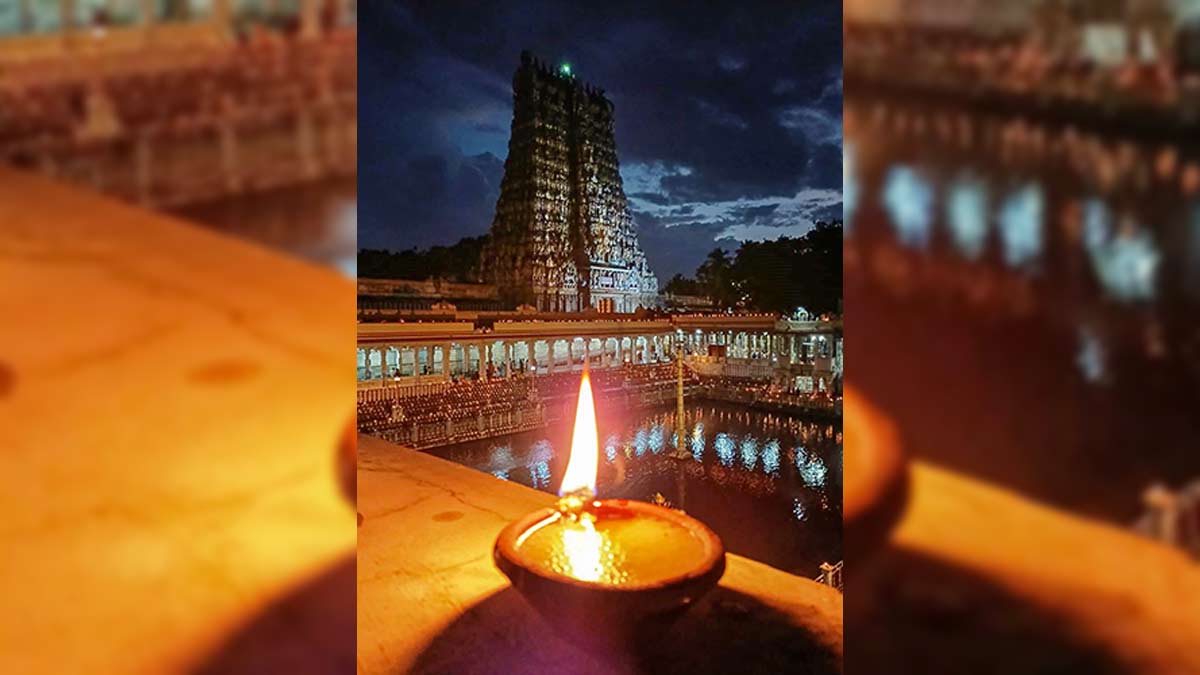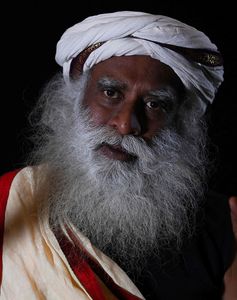India has come a long way since 1947, making significant strides in health, industry, scientific achievements, and, most importantly, lifting millions out of poverty. Yet, the nation faces many challenges. Overcoming them will require responsible and conscious action from the leadership and citizens. While we cannot change everything overnight, fundamental issues have to be addressed urgently.
One of the most pressing issues is the condition of our people. Nearly 40 per cent of India’s population is malnourished. Many solutions have been suggested, but the most effective way forward is to grow the economy. With a $3.7 trillion economy for 1.4 billion people, the resources are simply insufficient. I am encouraged by the government’s aim to grow the economy to $10 trillion by 2030. Achieving this will allow citizens to live reasonably well, with at least basic nourishment.
As we work to patch up the economy, we must not lose sight of ecology. When people talk about ecology, they focus on plastic, air pollution and water quality, which are important. However, the most critical aspect is the condition of our soil. Once the soil deteriorates, everything else follows. This is the danger we are facing today in India. For soil to be healthy, it must contain at least 3 to 6 per cent organic matter. Currently, India’s soil has only 0.68 per cent organic matter. If one were to fly across the country, apart from the Western Ghats and the northeast, much of the land looks like a brown desert. Agriculture, which occupies 85 per cent of the country’s usable landmass, is the primary culprit for soil degradation. Having said that, it is unfair to expect poor farmers to shoulder the responsibility of saving our ecology. We need policies that enhance the life of the farmer and the health of the soil. A simple way to reverse soil degradation is to incentivise farmers to maintain a minimum of 3 to 6 per cent organic matter in their agricultural soil.
Next comes education. India does not have the land, mountains, forests, rivers, or even sufficient sky for 1.4 billion people. Our greatest resource is our people. If we leave them uneducated, unfocused, uninspired and unskilled, we are marching towards disaster. However, if we elevate people’s capabilities, competence, and functionality, we could unlock a miracle of human potential. Unfortunately, our education system is failing. It is producing too many educated individuals who do not know what to do with themselves. For example, while we produce five lakh engineers annually, fewer than 50,000 are employable. Many lack the practical skills to work or create something on their own because their education has not taken them beyond the classroom. We need to restructure our education system to address this gap.
Beyond the economy, ecology and education, another critical issue for India’s future is the management of Hindu temples, which should be returned to the Hindu community. Hindu temples were not originally designed as mere places of worship but as shakti sthalas and moolasthanas, which are basically centres of energy and transformation. People did not visit these temples to pray to a specific deity but to transform themselves and turn inward. For thousands of years, people lived in modest homes but built grand temples because they recognised the importance of hastening human evolution. Today, these temples are being managed by government clerks who lack the passion and devotion needed to maintain them. The temples are being systematically ruined because those in charge have no connection to them. Why are the temples under government control? The answer is simple: wealth. During colonial rule, the British looted whatever they could―shiploads of jewellery, gold and diamonds. And then politicians took whatever remained. For me, it is not the gold and diamonds that matter. These temples must be kept alive; not just as monuments but as living spaces―for future generations to benefit from them. If we preserve these places, they will benefit not just Hindus but also every human being, and every living creature on this planet. Time is running out for us to act.
India is on the threshold of a great possibility. The whole world recognises it, but, then, there is a gap between possibility and reality. It is time for every individual, regardless of their sphere of life, responsibility, or influence, to stand up and make the vision a reality. This cannot be done by the government or a few leaders alone. Every citizen must take action.
Sadhguru, ranked among the 50 most influential people in India, Sadhguru, founder of Isha Foundation, is a yogi, mystic, visionary and bestselling author. He is also the founder of the world’s largest people’s movement, Conscious Planet―Save Soil, which has touched the lives of over four billion people
* Address malnourishment and condition of our people
* Elevate people’s capabilities, competence, and functionality
* Restructure our education system
* Hindu temples should be returned to the Hindu community
* Reverse soil degradation and incentivise farmers




